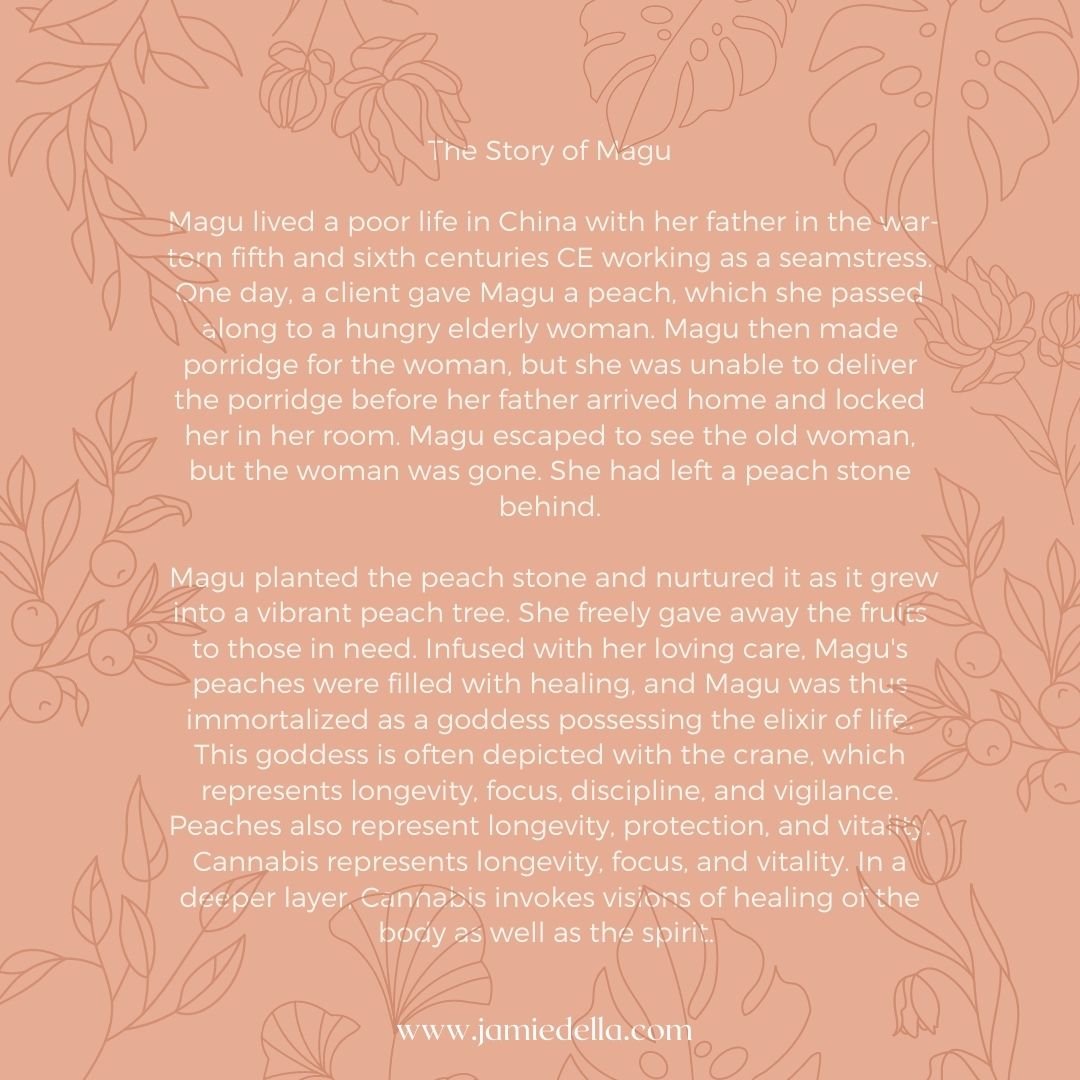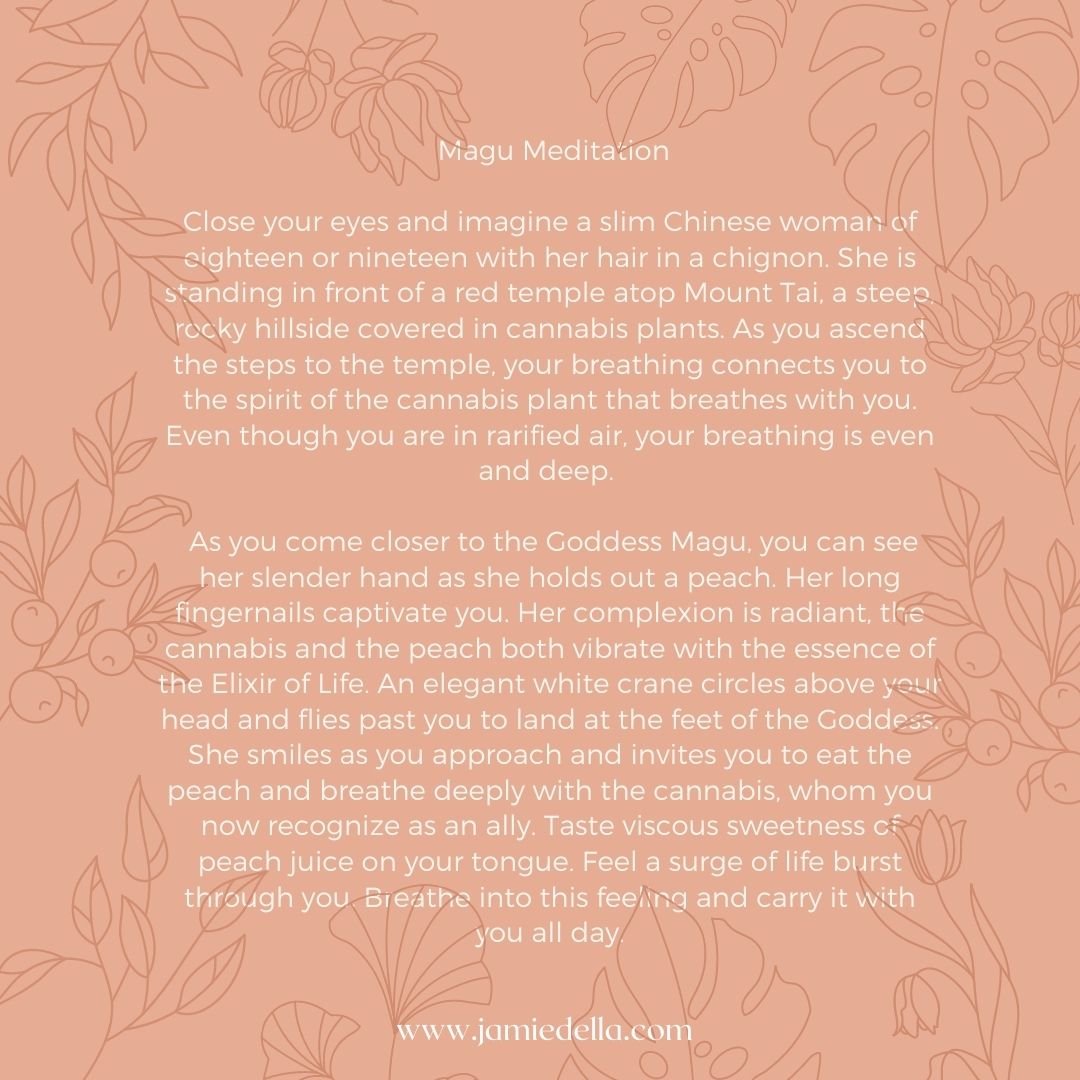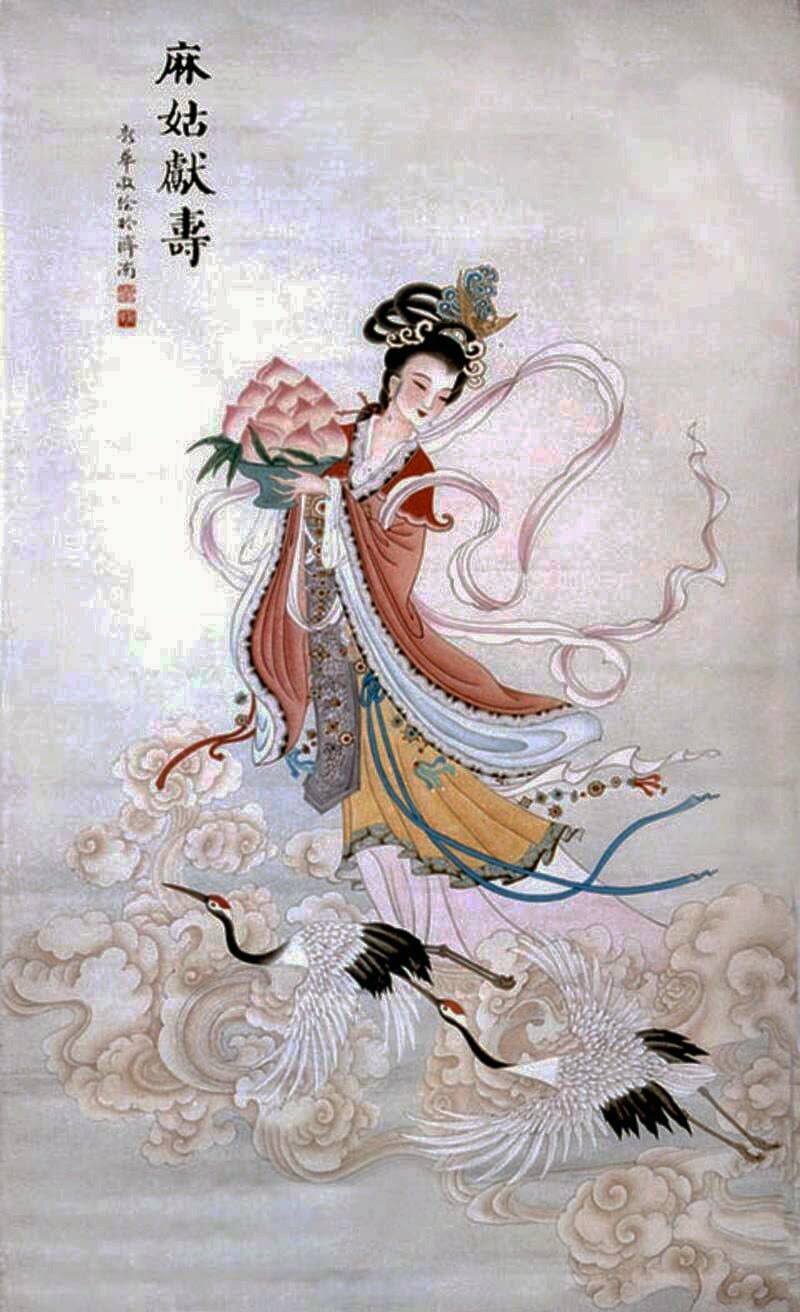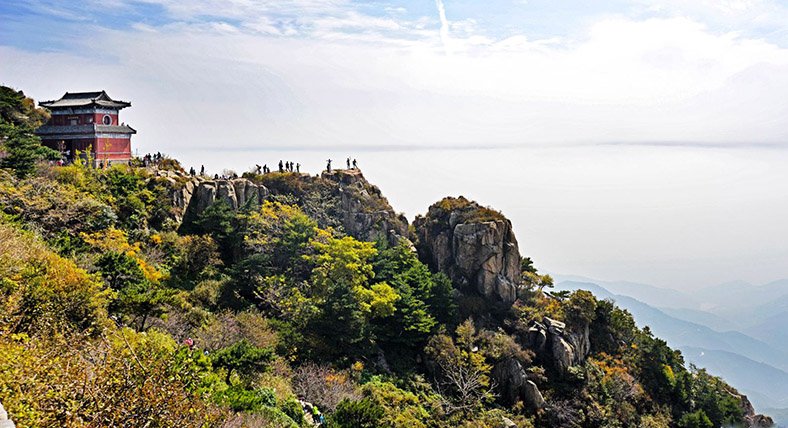Cannabis: An Herbal Ally
Healing Deep Wounds
When I was about eight years old, I thought “marijuana” smelled like burnt peanut butter. The scent was drifting from someone else’s campsite, and when I asked about it, my mother told me that my father, who did not drink or smoke and taught Sunday school at our Christian Science Church, had “done marijuana” when he was in the Vietnam War.
Waves of disturbed unreality settled over me as my mom laid out the facts in a conspiratorial whisper: Dad had been a captain at nineteen years old when a young child left a grenade that killed his entire platoon. While in Vietnam, he smoked cannabis to deal with the ravages of war and survivor guilt, but he had never smoked anything since he came home. Mom gave me a meaningful stare that suggested cannabis had such intense power to transport the individual that it should only be used in times of war, when you really, really needed to escape. It can help you, but you need to respect its power and perhaps even fear it because too much escapism was dangerous, even lethal. Of course, Mom called the herb by its slang name, “marijuana.”
The term “Marijuana Menace” was first used in the 1910s, around the same time my highly Catholic great-grandparents and their children arrived in Arizona after an arduous 1,200 mile walk from Jalisco, Mexico. Anti-cannabis factions repeatedly used the Spanish term “marijuana” to underscore the “Mexican-ness” of the herb and to inflame anti-immigrant sentiments in an era when thousands of people crossed the U.S./Mexico border to escape the atrocities of the Mexican Revolution. In other words, the authorities purposefully linked a plant with the so-called inferior races and social deviants and ostracized two birds with one stone - to take a gallant redirect of an old cliché.
Rumors quickly spread about Mexicans distributing this "demon weed" or "locoweed" to unsuspecting American schoolchildren, and by the middle of the twentieth century, the phrase Reefer Madness was born. A movie was released which further incited fear and aversion to cannabis, as well as to people of Mexican decent. In time, these negative associations were broadly extended to African-Americans, jazz musicians, prostitutes, and lower-class whites.
Like so many others, I bought into the “War on Drugs” propaganda that demonized cannabis as the reason that people do bad and stupid things, from committing murder to simply stunting personal growth. I blamed the herb for being inherently bad and responsible for its immoral reputation. I became the wife who smashed bongs and the mother who made her teen sons write essays on why they should not smoke pot. I had no understanding that cannabis was a multi-talented, vastly helpful herbal ally…until the blizzard of 2018.
My Journey with Cannabis
It was deep winter as I sat on my couch and looked out of the window at the snow piling up in white banks. After my sons graduated from high school, I had moved to the mountains, and now I felt suffocated by loneliness of rural life, also the darkness of menopause and the heartache of an empty nest.
I wanted someone whom I could turn to whenever I needed an ally. I wanted the will to live. So, I turned to cannabis. In the beginning of my journey with the herb, I vacillated between judging myself for “using a drug” and shaming myself for demonizing an herbal ally. Then, slowly, one tiny step at time, I slipped into a parallel world, the in-between place. It was like floating on a river of time and space.
When we demonize nature, we demonize ourselves.
I leaned hard into seeing cannabis as worthy of my love and respect as chamomile. Cannabis stretched time and infused each moment with the magick of euphoria, allowing for a gentle processing period.
Like a guardian at the gate, cannabis invites her human partners into her dance of creativity, into the world of Nepantla, a Nahuatl word meaning “in the middle of it,” or tierra entre medio. Nahuatl is the indigenous language of the people who have lived in the Mexican region for tens of thousands of years to where my matriarchal line dates to fifty thousand years. We are a strong race who are naturally inspired by the numinous world that forms connections between ideas, people, and worlds. Consider how indigenous Mexico’s most accepted holiday is Dia de los Muertos.
As cannabis and I re-invented our relationship, I also reached out to my girlfriends and built online communities, like my Monday Morning Cuppas. I breathed into the darkness of menopause and came out on the other side, a wiser woman who knows how to nurture her soul and protect her boundaries. I re-invented my story and relationships with new perspectives, as if I were adding facets to a diamond or windows through which to see and experience life from another angle. Then, as more states in the U.S. legalized the herb, this increased acceptance led to funding for studies that revealed an impressive list of medical aid from cannabis.
Cannabis, Hero?
I found a plethora of information curated by Leafly’s independent journalism (leafly.com) with 11,000+ cannabis articles on policy to medicinal benefits helped me to unlock the power of the cannabis plant. Cannabis stabilizes blood sugars and moods, which can ease depression. As our moods lift, we naturally breathe deeper. And as we take deeper breaths, our lung capacity improves, which allows our bodies to gain more oxygen, resulting in better focus. Cannabis has been proven to help individuals on the autistic spectrum who have troubles with focus.
Cannabis improves blood circulation, which also brings more oxygen into our bodies. The result is relief from nausea, fatigue, depression, and muscle aches. Cannabis helps to heal bones, fight cancer, and reduces inflammation in the body that can result in Alzheimer’s, arthritis, and a plethora of autoimmune diseases.
As it connects to our neurotransmitters and nervous system, cannabis can also relieve seizures, the tremors caused by Parkinson’s Disease, and the pain caused by multiple sclerosis through its a deeply rooted connection to our nervous system. Cannabis helps control the fight or flight response and prevents it from going into overdrive. Taken in micro doses, very small amounts throughout the day, cannabis relieves anxiety, bipolar disorder, and trauma.
Not even a familiar herb like lavender can do all of the things cannabis can do!
What is truly exciting to me is that our bodies have a built-in system that easily receives medicine from cannabis. Of all things, I have now turned to my son Skyler Wood, a botanist, for the science lesson on how cannabis works.
Tetrahydrocannabinol, abbreviated THC, has been known to be cannabis' main psychoactive constituent since the 1960's. It is the best-known cannabinoid. What is less commonly understood is that the cannabis plant produces over one hundred chemically diverse cannabinoids, all of which have varying effects upon the human mind and body. Our bodies have an endocannabinoid system to receive the cannabinoids, which are responsible for the incredible variety of the plant’s healing abilities.
As far as is known to the botanical community, no single cannabis cultivar contains every cannabinoid. Each strain has a unique combination of different cannabinoids at different ratios, all of which contribute to the overall sensation produced by taking in that particular strain of cannabis. Through inventive cross-breeding, more strains are being created all the time. As Michael Pollen asserts in his book and film, Botany of Desire, cannabis has effectively evolved its species through its relationship with humans.
Each strain performs a unique function that is based on the particular array of cannabinoids each contains. There is also mounting evidence that terpenes, aromatic compounds found in the volatile oils of most plant species, play a role in the overall effects of each cannabis strain.
For decades, it was presumed that terpenes were responsible solely for the flavor profile of cannabis flowers, but it is slowly becoming clear that terpenes also have a synergistic influence on the way that cannabinoids are received by the body. For instance, some terpenes widen the pores and augment the permeability of human skin, thereby increasing our bioavailability to the healing cannabinoids if they are applied topically.
Magu, Goddess of Cannabis
To quote our elders and the deep wisdom of our Feminine Wisdom, “To know how to hex is to know how to heal.” Meaning that when we working with Cannabis, we must respect the privilege to experience the vastness of life, love and healing. It is wise to remember that too much of any healing agent is abuse and has its consequences.
Everything about cannabis points to the importance of reciprocity, and yet I still found myself saying the phrase “using cannabis,” which felt as derogatory to me as saying “using a friend.” I quickly realized that it wasn’t enough to experience the effects of cannabis if I were to completely change my relationship with the herb. I had to discover the sacred spirit of the plant.
Through Mt. Shasta Goddess Temple Shamanic Priestess training, I discovered that cannabis is sacred to the goddess Magu, who personifies the process by which we are all endlessly being and becoming. She is honored in the Temple for the entire month of September.
Throughout China, Japan, and Korea, and especially within Taoism, the beautiful and youthful Goddess Magu (her other names are Ma Gu, MaKu, and Mako) is associated with the healing properties of cannabis and is honored as the protectress of health and healing as well as the vitality of the earth itself, especially its seasonal cycles. Cannabis has been revered in China as a potent and transformative healing herb—an elixir of life—since at least 2700 BCE. Traditionally, Magu has been invoked for purification rituals and to receive visions and is associated with the Taoist landmark Mount Tai, which features heavy growth of the plant. The story of Magu reveals the gifts of this Goddess and is followed by a meditation to receive Her healing.
Magu lived a poor life in China with her father in the war-torn fifth and sixth centuries CE working as a seamstress. One day, a client gave Magu a peach, which she passed along to a hungry elderly woman. Magu then made porridge for the woman, but she was unable to deliver the porridge before her father arrived home and locked her in her room. Magu escaped to see the old woman, but the woman was gone. She had left a peach stone behind.
Magu planted the peach stone and nurtured it as it grew into a vibrant peach tree. She freely gave away the fruits to those in need. Infused with her loving care, Magu's peaches were filled with healing, and Magu was thus immortalized as a goddess possessing the elixir of life. This goddess is often depicted with the crane, which represents longevity, focus, discipline, and vigilance. Peaches also represent longevity, protection, and vitality. Cannabis represents longevity, focus, and vitality. In a deeper layer, Cannabis invokes visions of healing of the body as well as the spirit.
Now close your eyes and imagine a slim Chinese woman of eighteen or nineteen with her hair in a chignon. She is standing in front of a red temple atop Mount Tai, a steep, rocky hillside covered in cannabis plants. As you ascend the steps to the temple, your breathing seems to connect you to the foliage all around you. The spirit of the cannabis breathes with you, and even though you know you are in rarified air, your breathing is even and deep.
As you come closer to the Goddess Magu, you can see her slender hand as she holds out a peach. Her long fingernails captivate you. Her complexion is radiant, the cannabis and the peach she’s holding both a peach and a five-leafed cannabis, which both vibrate with the essence of the Elixir of Life. An elegant white crane circles above your head and flies past you to land at the feet of the Goddess. She smiles as you approach and invites you to eat the peach and breathe deeply with the cannabis, whom you now recognize as an ally. Open your pores to the spirit of cannabis. Taste viscous sweetness of peach juice on your tongue. Feel a surge of life burst through you. Breathe into this feeling and carry it with you throughout your day.








